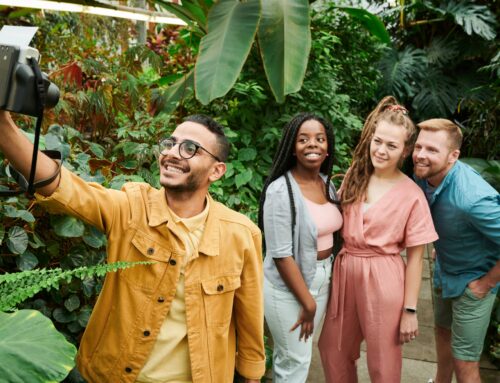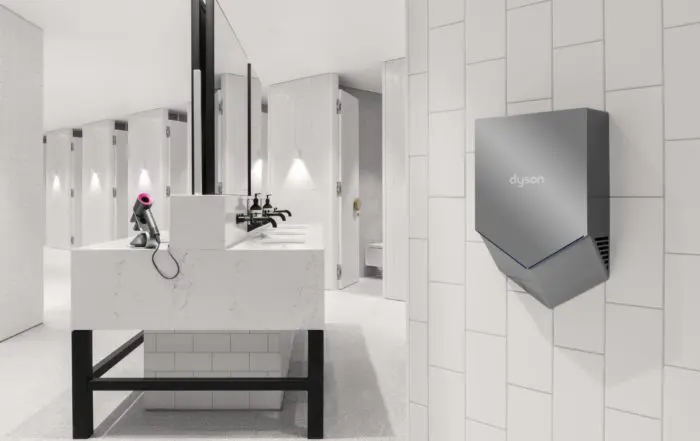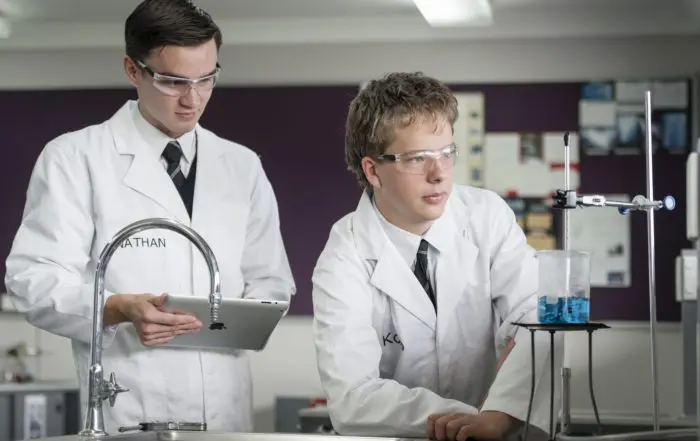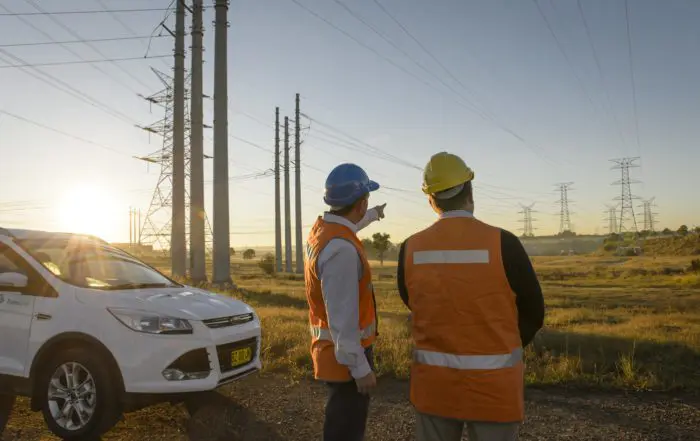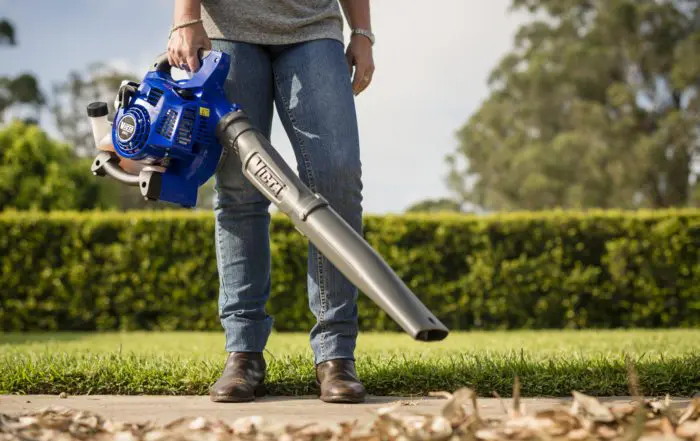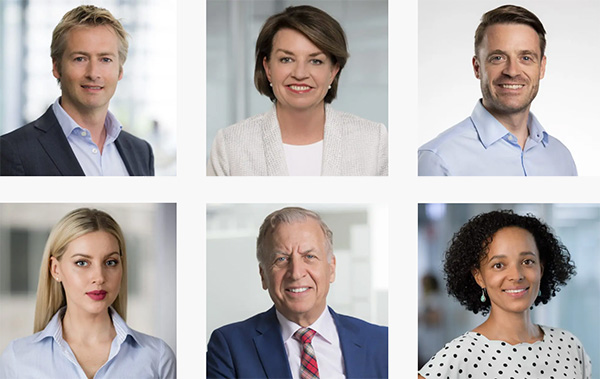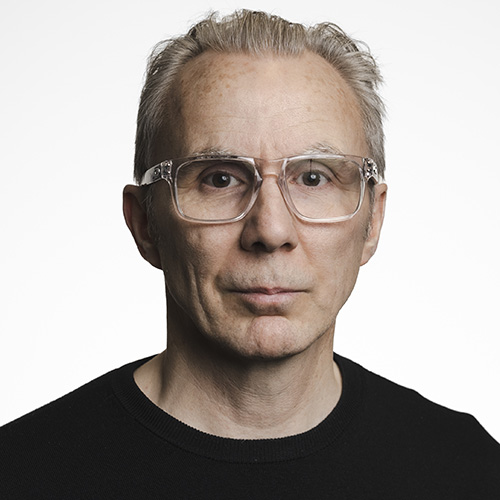
Shooting The Breeze is a photography blog by Gavin Jowitt, an award-winning Sydney-based photographer, offering valuable articles and advice on corporate, industrial, and architectural photography; life and photography in Sydney; and running a successful photography business.
“Why Do I Always Look Bad in Photos?” – Demystifying the Photo Woes
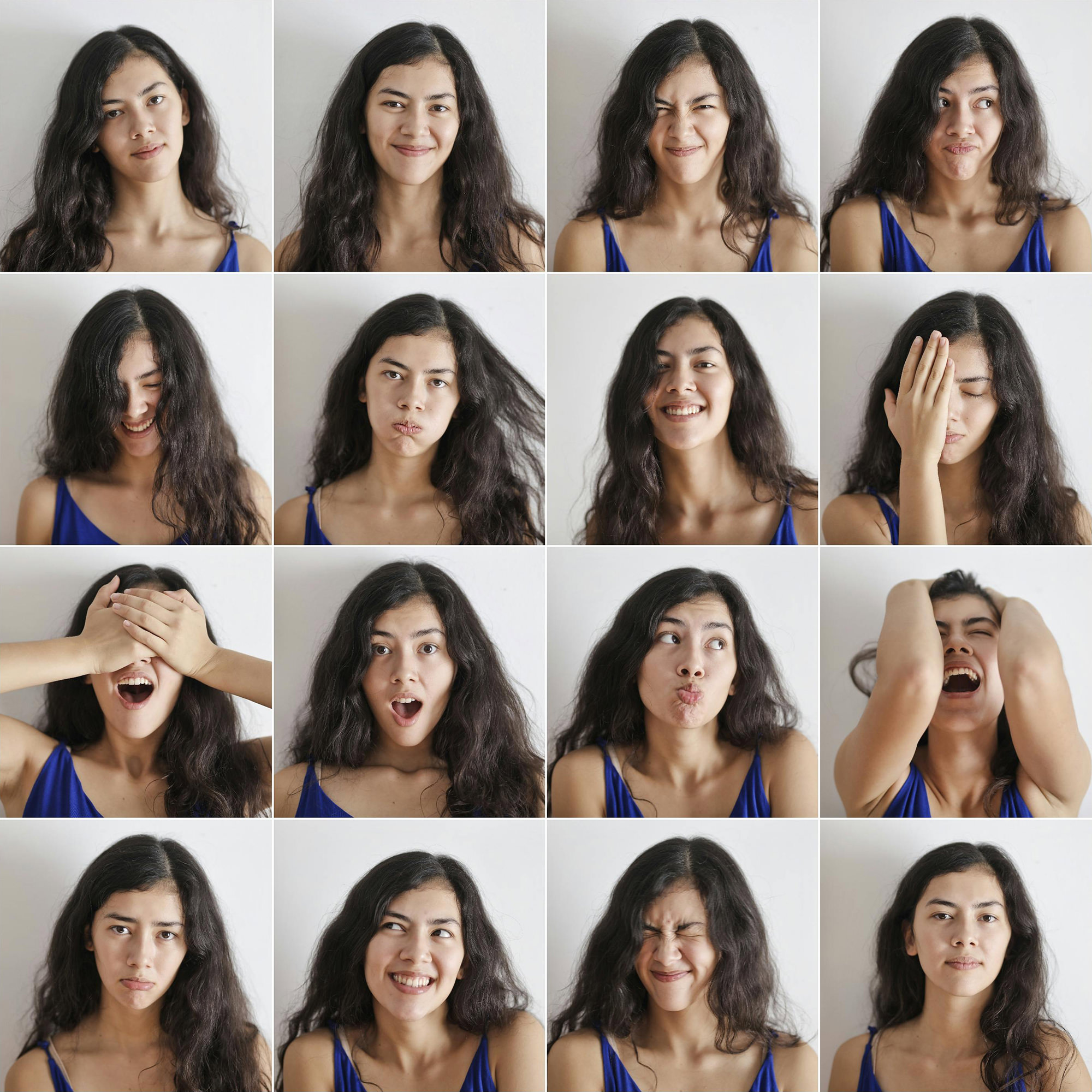
Have you ever found yourself “Why do I always look bad in photos?” Many people share this sentiment, but what causes this feeling of photo inadequacy? In this blog post, we’ll explore the reasons behind this common issue, including the role of perception, lighting, angles, and more. Armed with this knowledge, you’ll be better equipped to look your best in every snap.
Perception and the Mirror Image Effect
One of the primary reasons we feel like we look worse in photos is that we’re used to seeing ourselves in the mirror. We’ve come to recognise our appearance through this reversed image, and when we see a photograph, the differences can be jarring.
Photos show us as others see us, which means our features are flipped compared to our mirrored image. This can make us feel like we look off or not quite like ourselves, leading to dissatisfaction with our photographs. Overcoming this starts with understanding that the difference between the mirrored and true image is just a matter of perception and accepting that both images are accurate representations of us.
The Lens Distortion
Another factor that can make us feel like we look worse in photos is lens distortion. Different camera lenses can distort images in various ways, sometimes making features appear slightly exaggerated or distorted.
Wide-angle lenses, for example, can make the face look wider, particularly when taken close to the subject. On the other hand, telephoto lenses, typically used in portrait photography, can help to reduce distortion and provide a more flattering image. Being aware of these lens differences can help us to understand why we might not look our best in certain photos.
Lighting and Shadows
Lighting plays a crucial role in how we perceive ourselves in photos. Unflattering or harsh lighting can create shadows, emphasising imperfections and making us appear less attractive than we would under natural or softer lighting.
Photographers often use techniques such as diffused lighting, reflectors, and flashes to minimise shadows and create more flattering images. Being aware of lighting conditions can help us choose the best environments for taking photos, reducing the likelihood of capturing an unflattering snap.
Your Best Angle
Everyone has a unique set of angles that look best on them. Some people may have a symmetrical face, while others might have more prominent features that are accentuated from certain angles. Understanding your face’s natural structure and finding your most flattering angles can greatly improve the way you appear in photographs.
Take some time to experiment with different angles in front of a mirror or camera to discover which ones work best for you. Once you’ve identified your preferred angles, practice posing in these positions so you feel more comfortable and confident when it’s time to smile for the camera.
Expression and Body Language
Your facial expression and body language play a significant role in how you appear in photos. Forced smiles or tense expressions can make you look uncomfortable or inauthentic. Relaxing and letting your natural expressions shine through is the key to looking your best in photos.
A genuine smile, for example, involves the muscles around your eyes and mouth, giving your face a more attractive and engaging appearance. Learning to relax and be yourself in front of the camera will result in more flattering photos that truly capture your personality.
Quality of the Camera and Resolution
The quality of the camera and its resolution also play a role in how you appear in photos. Low-quality cameras or cameras with low-resolution settings can produce grainy, blurry images that don’t do your appearance justice.
Investing in a good-quality camera or using a higher-resolution setting on your phone or other devices can help ensure you capture the best possible representation of yourself in photos. Additionally, using a camera with a better dynamic range can help capture more detail in the highlights and shadows, producing more balanced and flattering images.
Timing and Spontaneity
Sometimes, the key to looking great in photos lies in the spontaneity of the moment. Candid shots often capture our genuine emotions and expressions, resulting in more flattering and natural-looking images. When we’re unaware of the camera, we’re more likely to exhibit our true selves, which can make for fantastic photos.
Instead of always posing for planned shots, embrace the spontaneous moments and let your friends or a professional photographer capture those genuine smiles and interactions. You might be surprised at how great you look in these unplanned snaps!
The Power of Editing
Photo editing tools can help to correct some of the issues that might make you feel like you look bad in photos. Whether it’s adjusting the lighting, enhancing colours, or even just cropping the image, a few small tweaks can make a significant difference in your appearance.
However, be mindful not to go overboard with editing. Overly retouched images can look unnatural and less authentic. The goal should be to enhance the photo to better represent your true self, not create a completely new person.
There’s no denying that looking great in photos can be a challenge, but understanding the factors that contribute to unflattering images can help you take control and feel more confident in front of the camera. Remember to embrace your unique features and showcase your personality in photos.
Don’t be too hard on yourself when you feel like you look bad in a photo. Keep in mind that everyone has off days, and sometimes the perfect shot doesn’t happen. By understanding the role of perception, lenses, lighting, angles, expressions, camera quality, and editing in photography, you’ll be better equipped to put your best face forward and capture images that make you feel great about yourself.
Read more on this topic here:
How the Fear of Looking Bad in Photos Can Influence Your Behaviour in Front of the Camera
Let me know your thoughts below in the comments.
About the author
Gavin Jowitt is an accomplished corporate communications and branding professional with over 30 years of experience as a creative director and photographer. Awarded Australian Commercial Photographer of the Year in 2019, Gavin has built a reputation for delivering high-quality photography that enhances stakeholder communication. Gavin works with a wide array of public and private sector clients, guiding them in creating versatile photography libraries while offering extensive corporate, industrial, and commercial photography services throughout Australia.
Recent posts
Victoria Cross: Photographing North Sydney’s New Metro Station
Photographing Victoria Cross station captured its sleek design and functionality, showcasing how it transforms North Sydney’s urban landscape and connectivity.
The Art of Clean: Why Dyson Demands the Highest Quality Product Photography
Dyson's unwavering commitment to visual excellence and how it has shaped their brand identity in the minds of consumers.
Tips for Planning and Arranging a Photoshoot at Your School
In today’s digital age, visual content is one of the most potent ways to engage and inspire prospective students, parents, and staff. Whether for a new school prospectus, website, or social media, professional education photography [...]
Transgrid’s Innovative Use of Photography
Transgrid is illuminating the human and technical side of Australia's energy infrastructure through captivating visual storytelling.
The Power of Lifestyle Product Photography
A deep dive into the world of lifestyle product photography, with a focus on Victa Australia's journey to creating powerful visual connections with their customers.
Sydney Photographer / Featured Service / Corporate Headshots in Sydney
As a professional Sydney-based photographer specialising in corporate headshots, I recognise the significance of top-quality images for building the professional profiles of your key personnel. My expertise is crafting professional headshots highlighting confidence, character, and professionalism.
> Headshot pricing and book online
